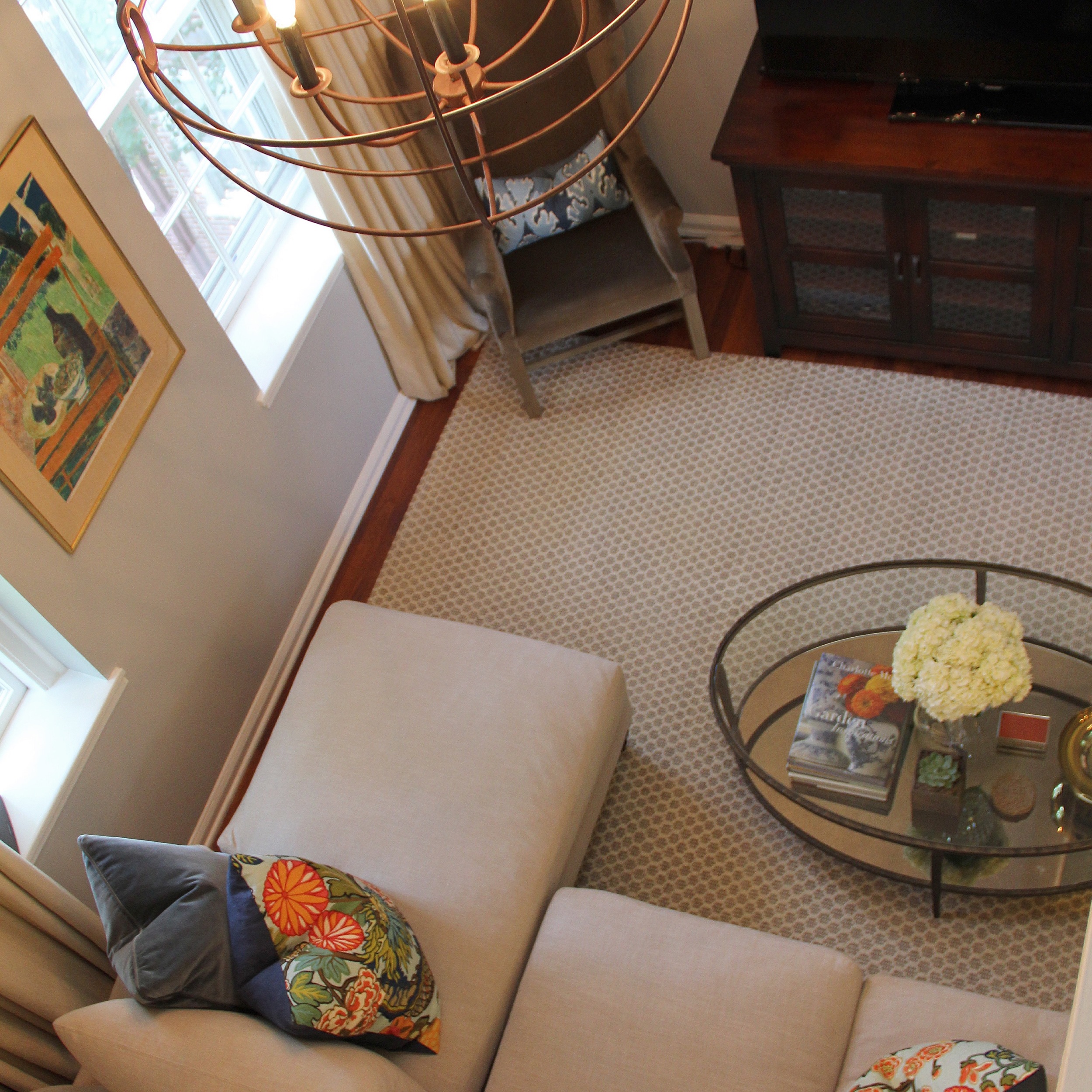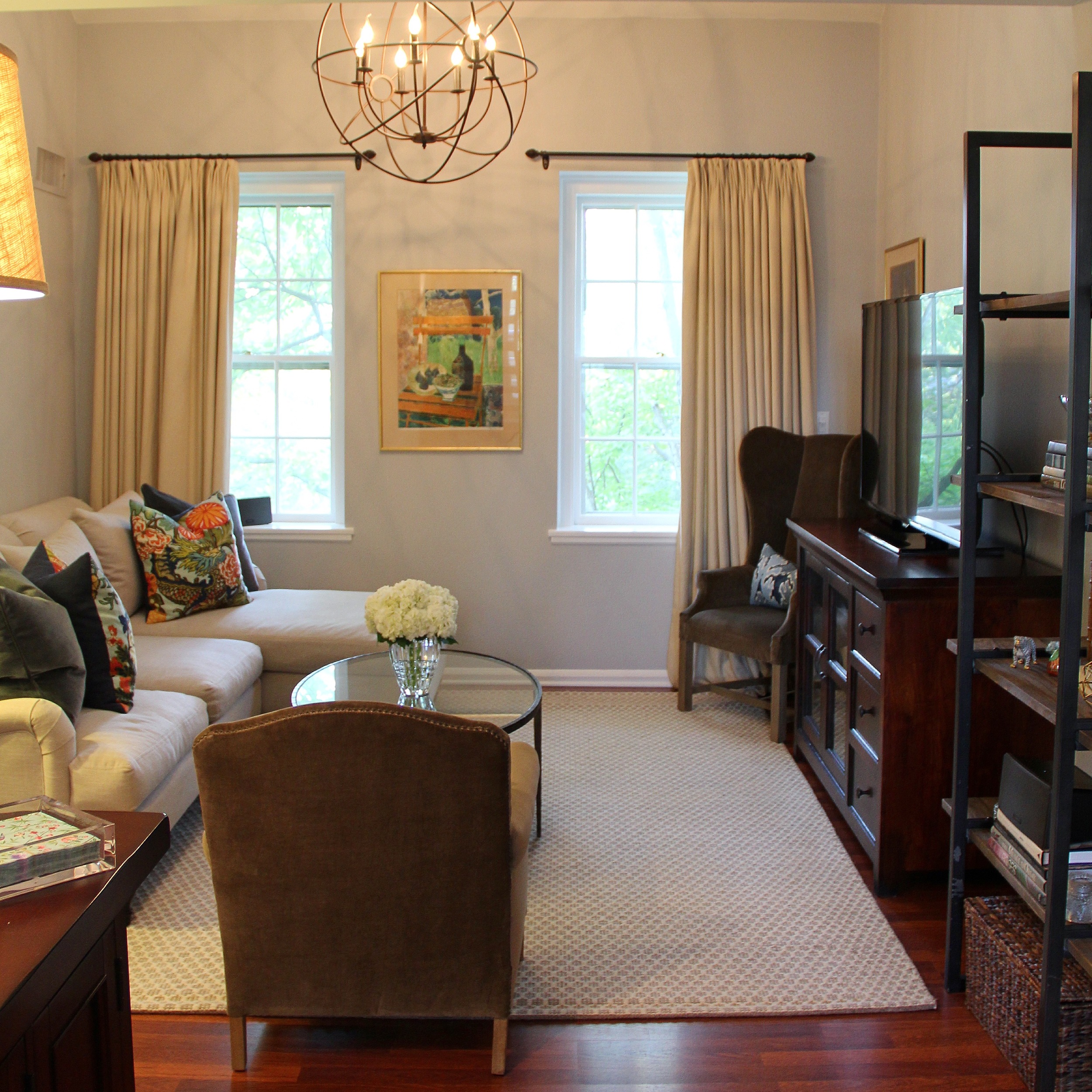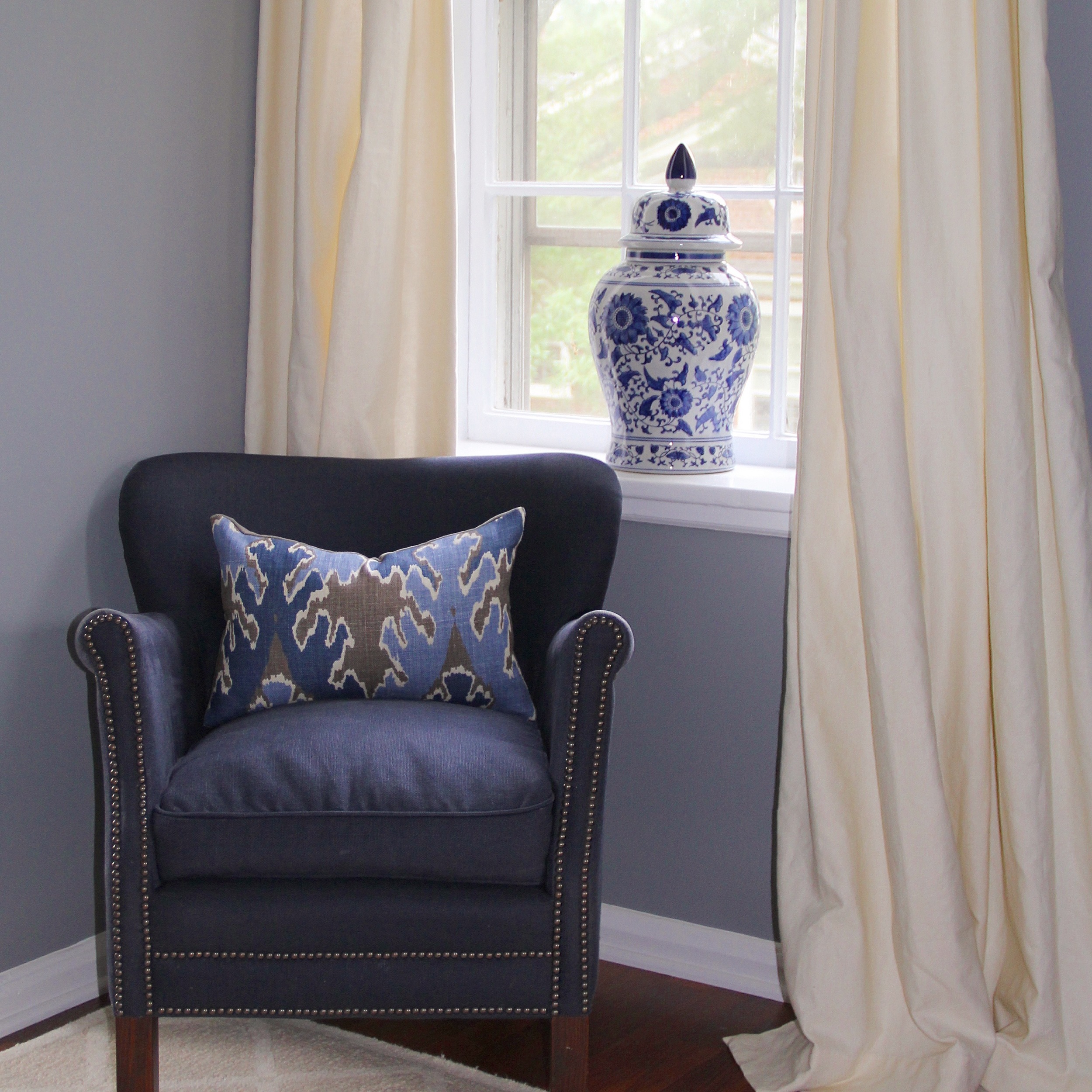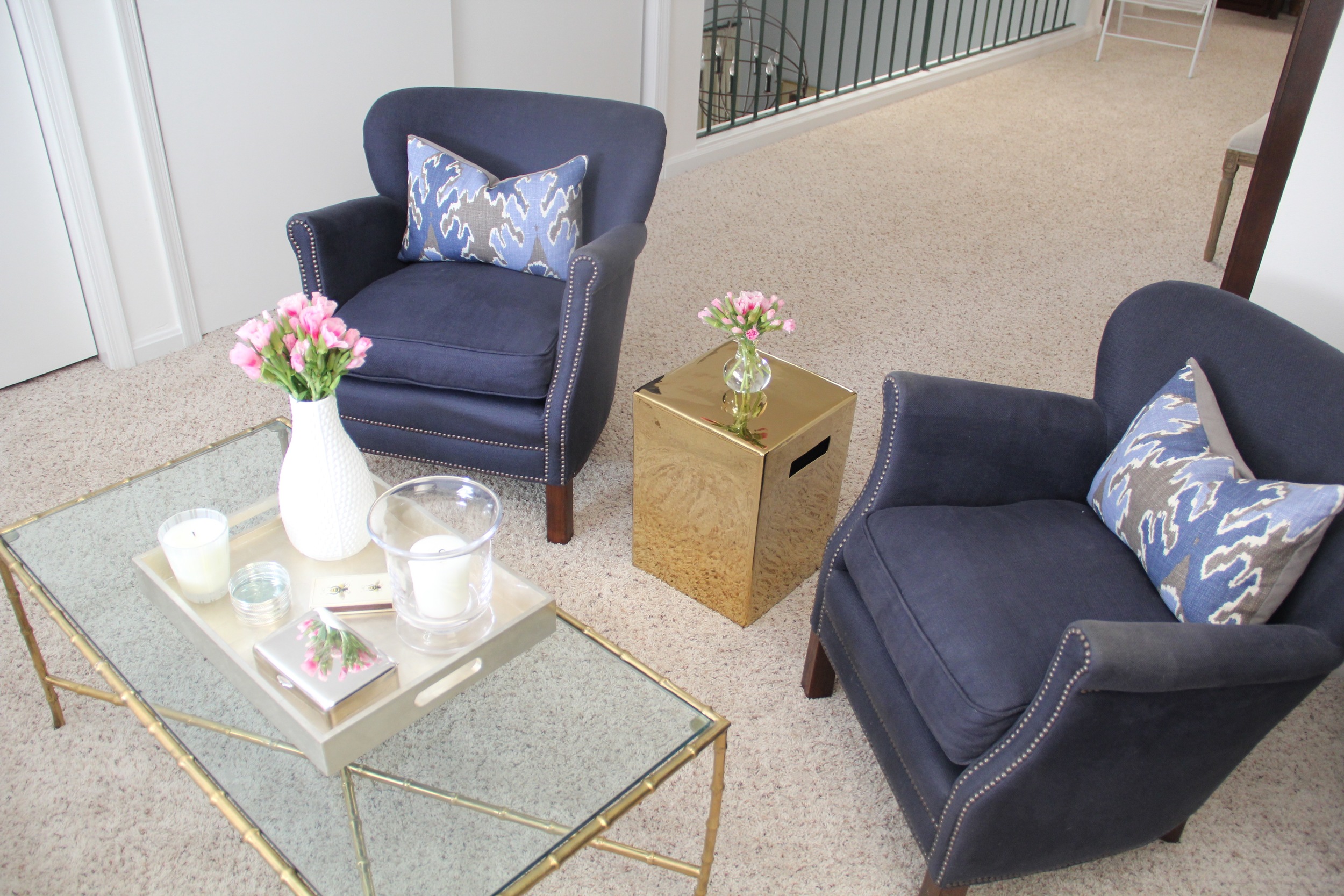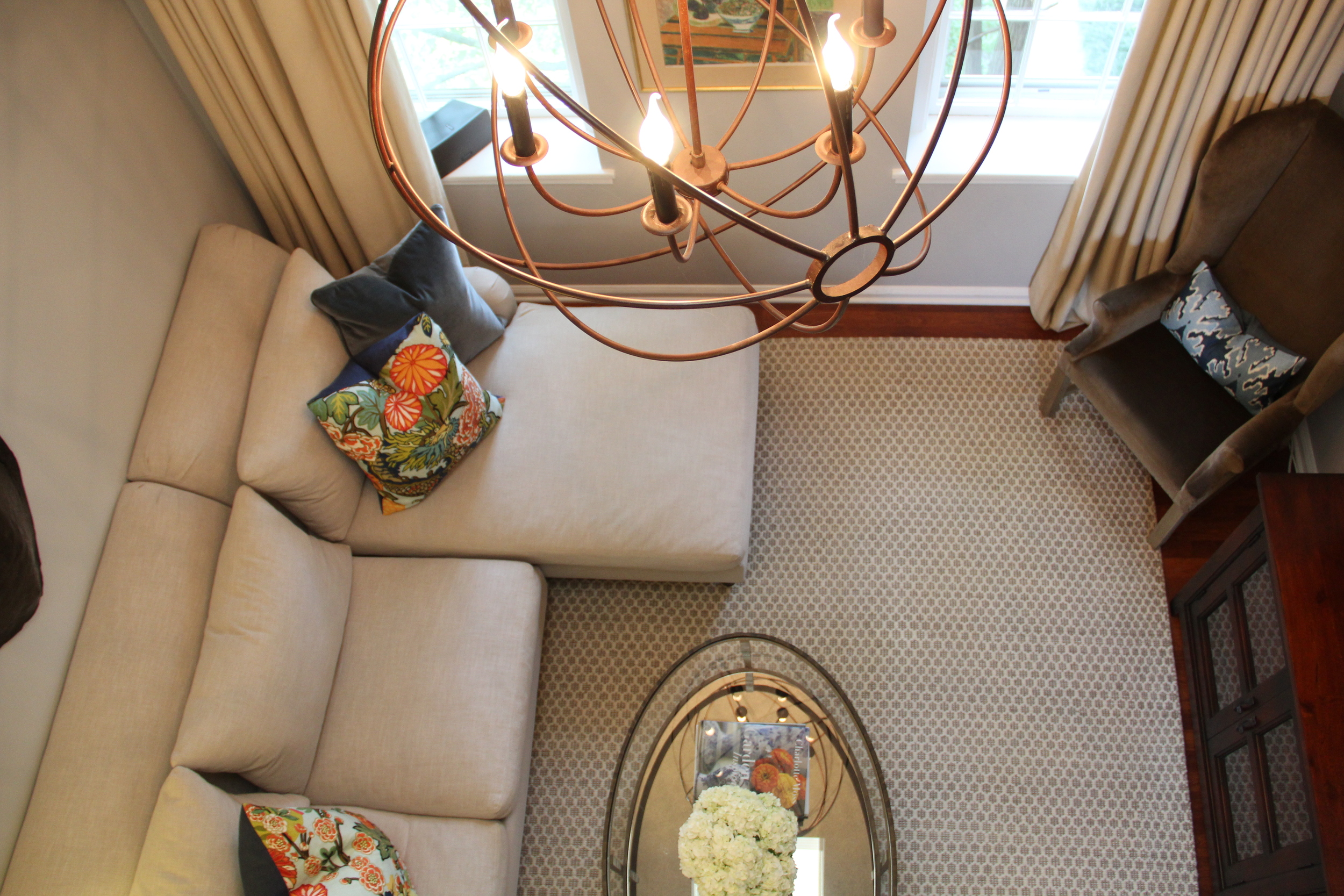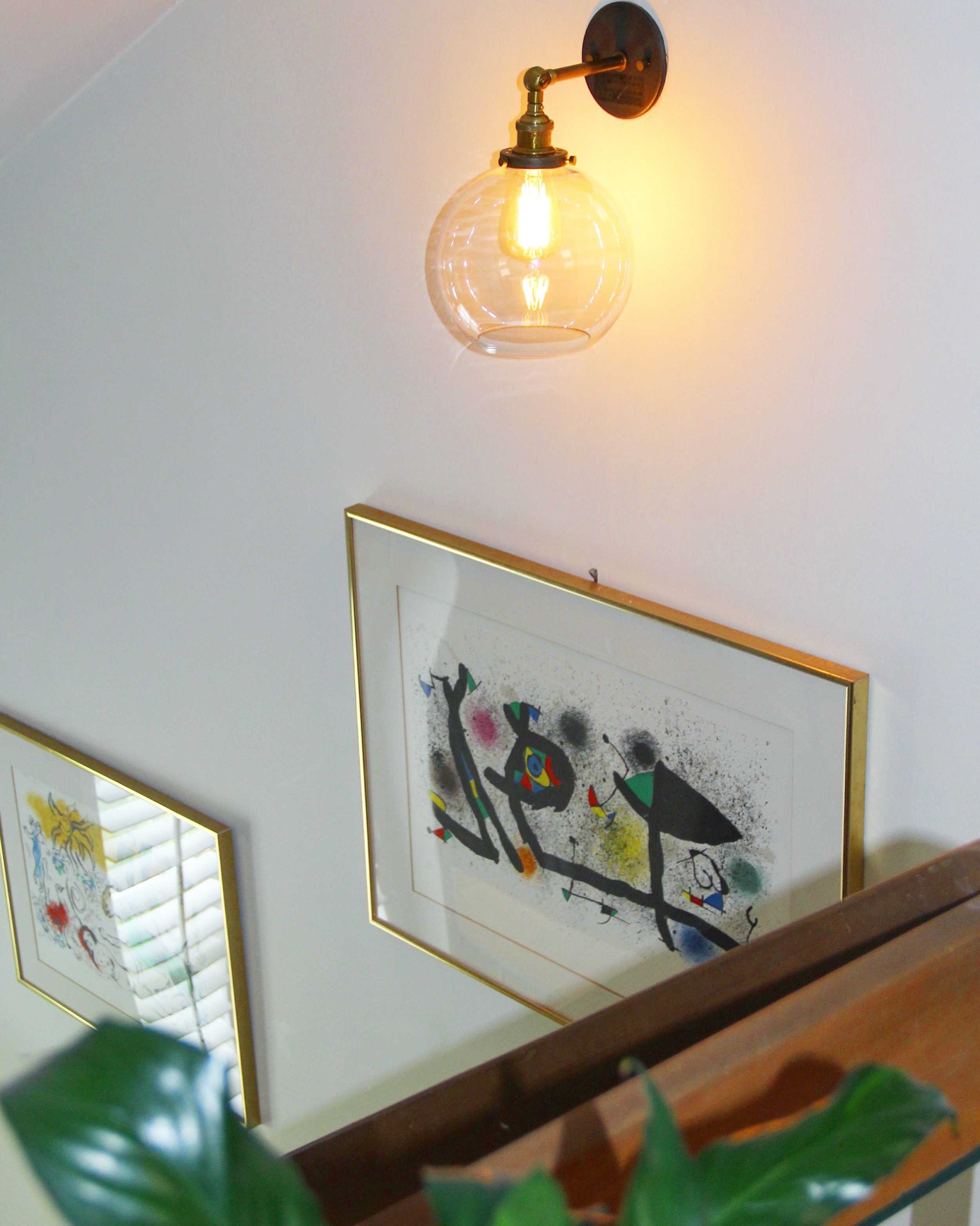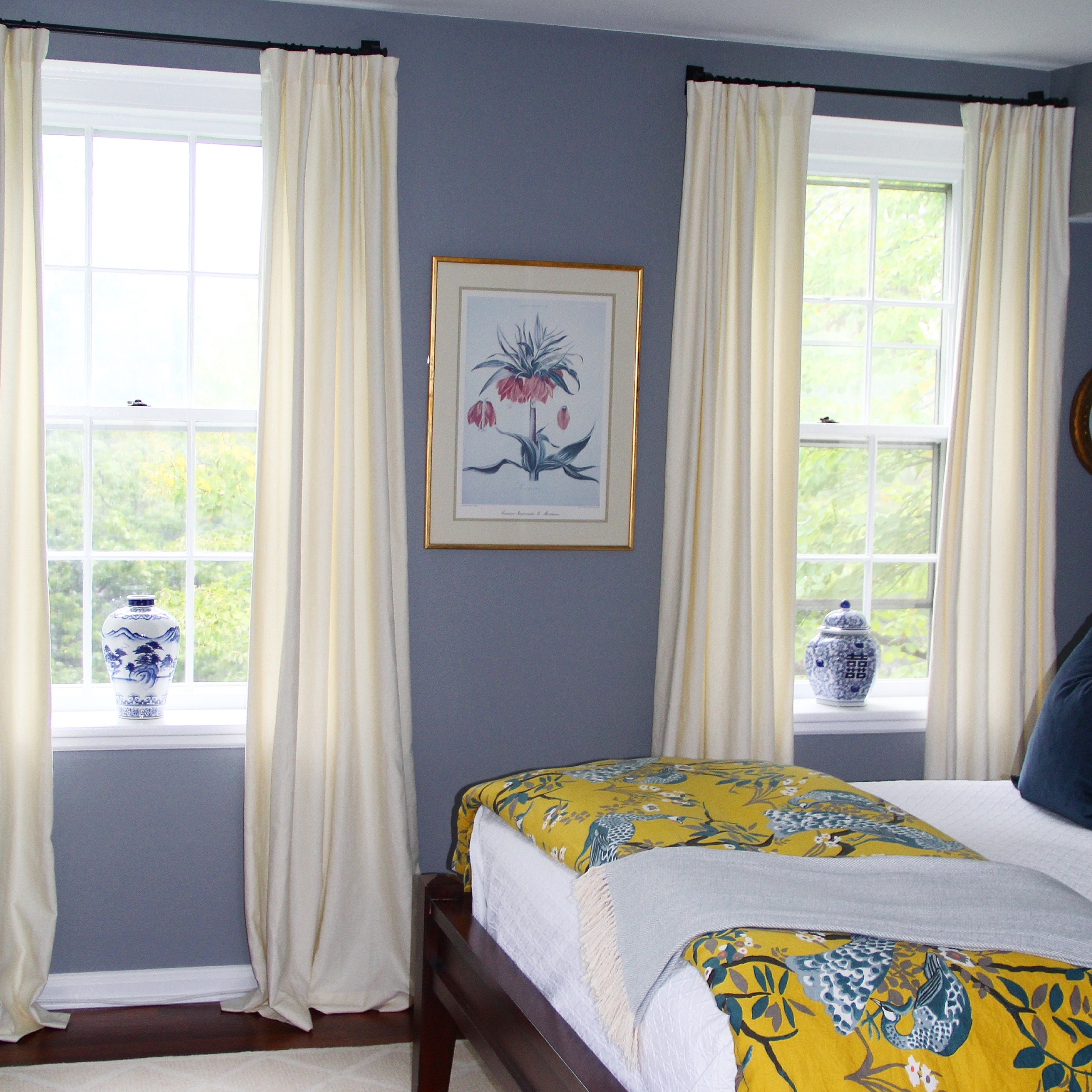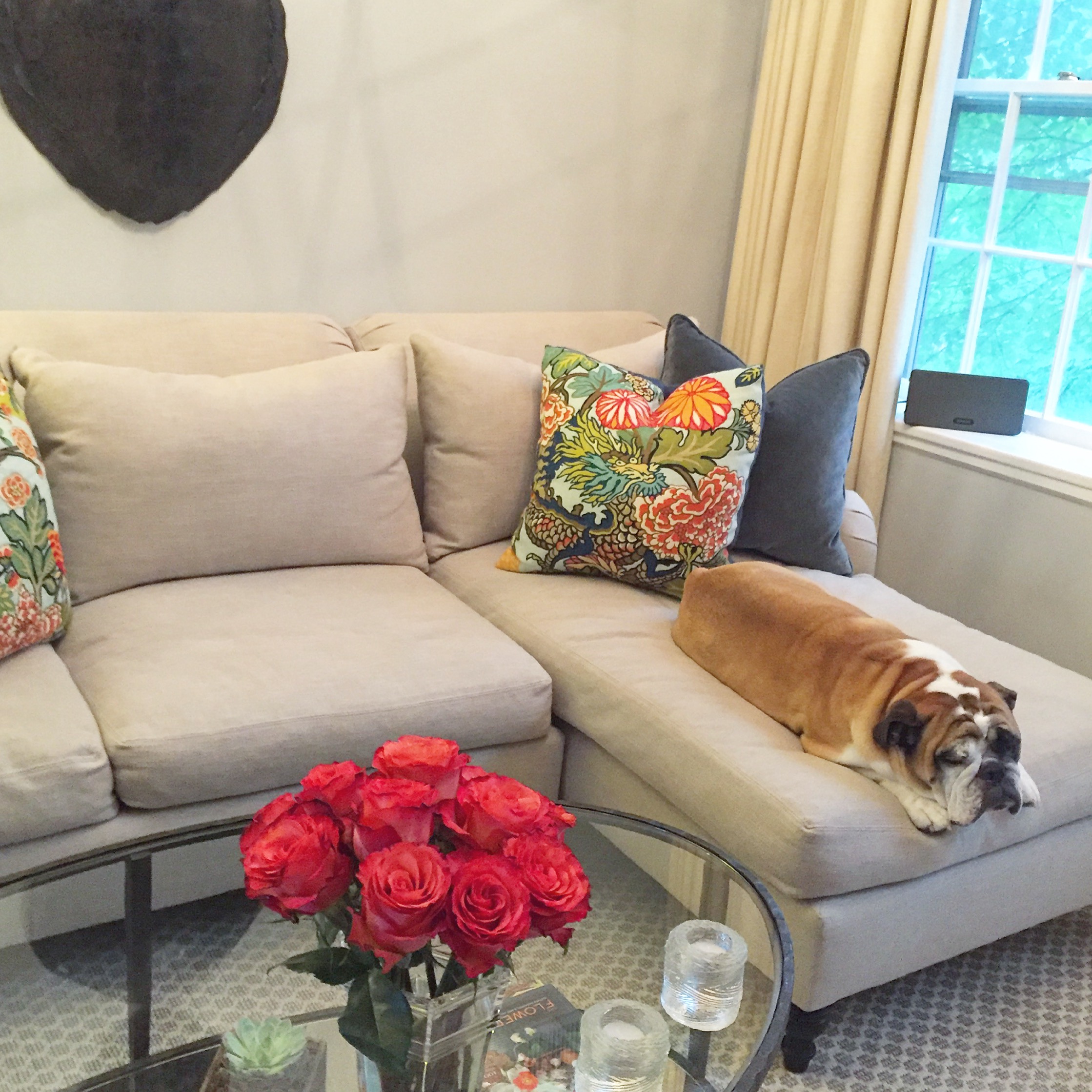Over the past couple of months, my close friends and family have been soliciting my help and ideas for decorating a variety of spaces. First off, let me just say that I am both flattered and humbled to have so many people asking for my input when it comes to decorating. I am by no means a professional and really don't have any training in this area, I am just a lover of pretty aesthetics and constantly reading/researching to keep my finger on the pulse when it comes to interior design.
When thinking about my method for going about designing a space, it's really a combination of both process and tips to keep in mind. I know it can seem daunting when faced with designing a space, so for today's post, I wanted to share a few of my best practices for going about designing a space. These tips have helped me to tackle decorating projects of various sizes and specifications, so I thought it might be a good idea to document these tips for you all and of course my own reference!
Start with the Rug
The floor is literally the foundation of a room, which is why I find it to be a natural starting point. I know that some people have tile or wall to wall carpet, so selecting an area rug is not really applicable in those instances. However, the majority of individuals are faced with at least one room in their home where it's necessary to buy a rug. So this tip is geared towards those individuals with an area rug room or rooms (like myself).
When decorating a room, I like to start with selecting the rug. Whether I'm looking to add a neutral area rug or a colorful oushak, it's so much easier to lay the rug down prior to furnishing. Doing so will prevent you from having to deal with moving furniture in and out of a room unnecessarily. In addition, the color and style selection for your rug will also serve as a guide for selecting additional colors to incorporate into the room. Ex. Should you opt to have a colorful oriental rug, you can use the colors of the rug as a guide for selecting additional fabrics.
Furniture Positioning
Furniture placement in a room is really a balancing act between practicality and achieving a pleasing aesthetic. Placement of a chair or side table for instance, should serve a purpose and fit the space (not look crammed or block a walkway). With that being said, I think it's important to note that you also should consider the safety of the furniture piece when deciding on its placement. I am imparting these words of wisdom because I have recently dealt with a serious case of furniture sun bleaching. Sun bleaching is exactly what you are probably thinking it is, excessive exposure of fabric to direct sunlight will cause the colors to fade and the fabric to tatter/fray. I had placed a blue arm chair by a window in my bedroom so that we could have a place to sit while getting dressed. Unfortunately the window has incredibly strong afternoon sunlight that ended up bleaching the fabric on the arm of my chair (see before and after photos above--chair victim is the closer of the two in the second photo).
Measuring
I would have to say that measuring is probably the most important part of designing a room. Measuring the space will help you to determine what pieces will fit based on the dimensions of the room and ultimately create a room that is properly scaled. Length, depth, width, height, etc... all super important measurements to consider when constructing a space. I really cannot stress enough how important it is to take the time to measure out your room and furniture when designing a space. Furniture is a major investment and the last thing you want is to spend all of this money purchasing a piece that isn't the correct size for the space. For more information on this topic, see this post on my before and after for redesigning my living room space to fit the scale of the room.
Lighting
Another aspect of the room design that can really elevate your space is lighting. I am a major advocate for investing in quality room lighting. Whether it's lamps, ceiling fixtures and/or sconces, installing the right lighting fixture that complements the aesthetic of your space will help you achieve a beautiful finished look.
Here's the scoop on a few favorite lighting fixtures installed in my home:
Since we live in a loft, our living room has wonderfully high ceilings that could support a show stopping fixture. I adore the Focault's Orb fixture from Restoration Hardware and it has really given my living room the most perfect ambient lighting. For the bedroom, I opted for Pottery Barn's Hundi Flushmount mini lantern in our dressing area (which I installed myself--super easy to do) and the hardware on the lantern paired perfectly with black iron hardware used for the window treatments. Lastly, our most recent addition was the 20th Century Filament Sconce installed on our stairway wall. I opted for a more minimalist look when it came to this fixture because I didn't want it to distract from the beautiful artwork. These bubble glass style lighting fixtures are really popular at the moment and I can totally understand why! Modern, sleek, elegant, unique and really versatile.
Finishing Touches
In my mind finishing touches include knick knacks on side tables, ginger jars on window ledges, coffee table tray decor, wall hangings and even throw pillows and blankets in certain instances. These are the easy and often interchangeable add-ons that you should wait to purchase until after the bulk of the furnishing is done in a space. Reason being, you never know how a room will end up coming together. Maybe you see a chair on one wall one day and then decide that it would actually look better on the opposite wall the next day. Finishing touches are just that, the very last things that you should be concerning yourself with when decorating a space. You'll have the best idea of what final finishes you need to fill in spaces once the bulk of the furnishing is complete, so I strongly encourage you to hold off on the tchotchke purchasing until the furnishing portion of your decorating project is complete.

